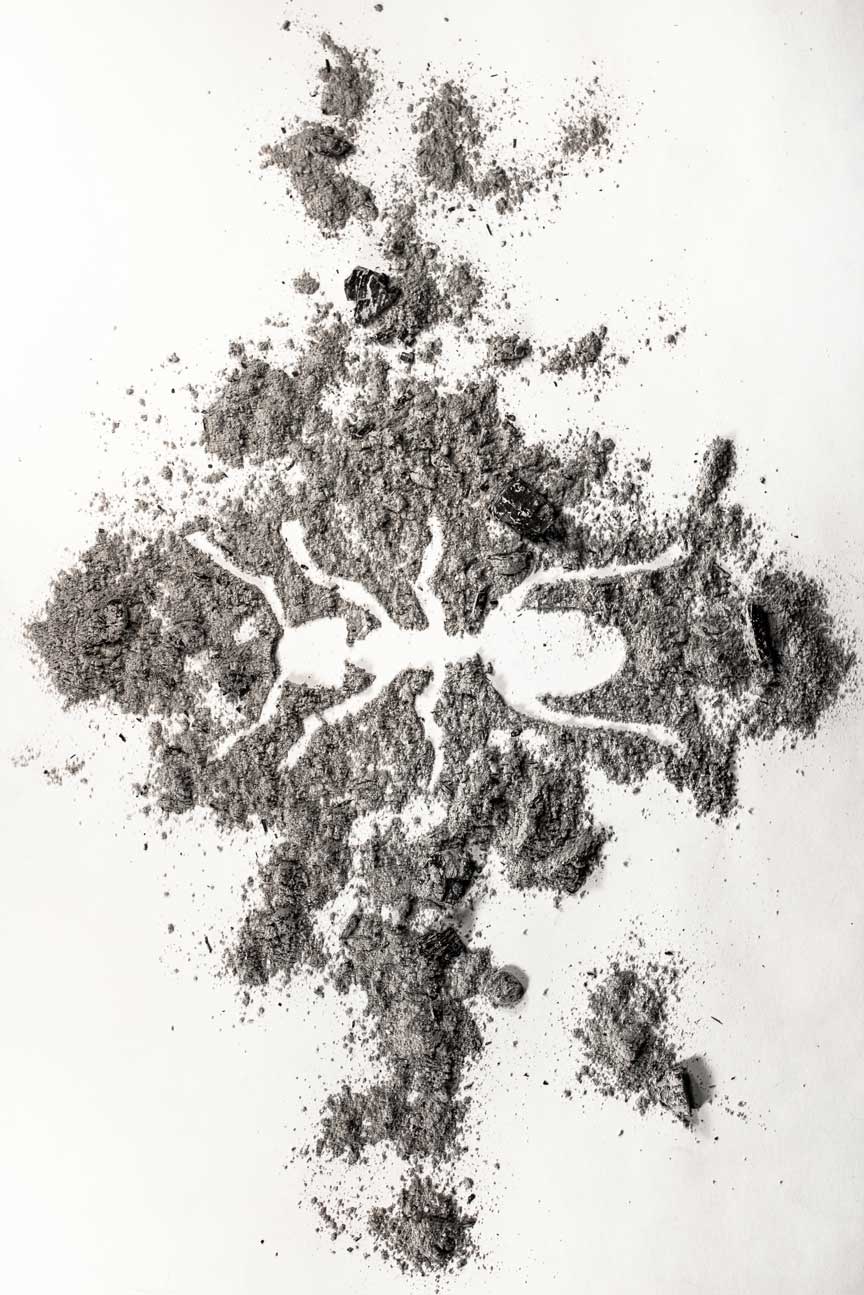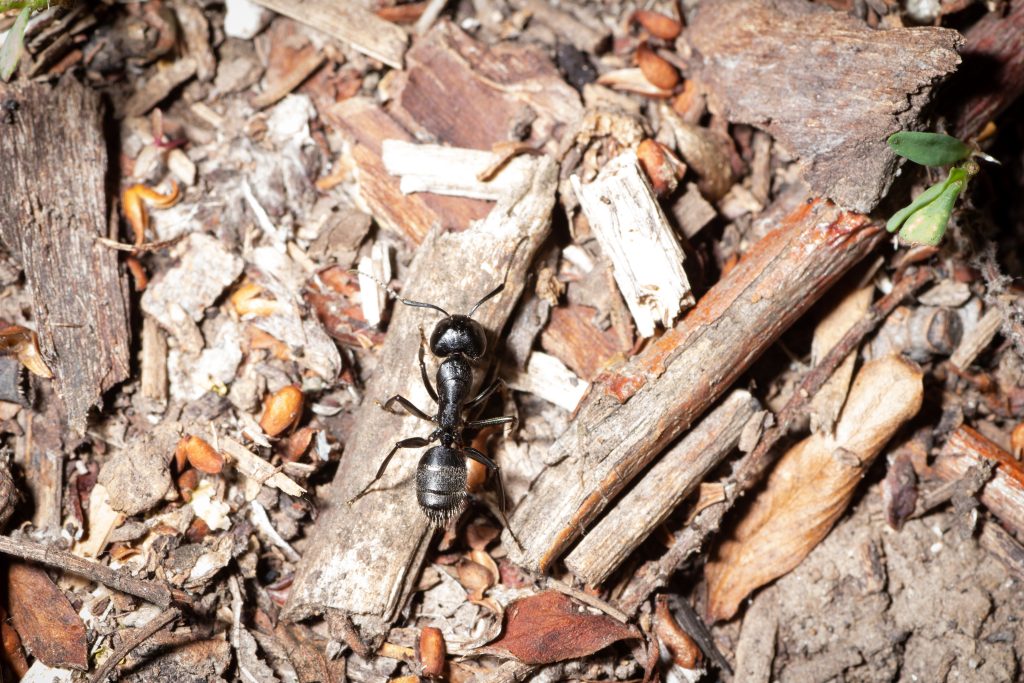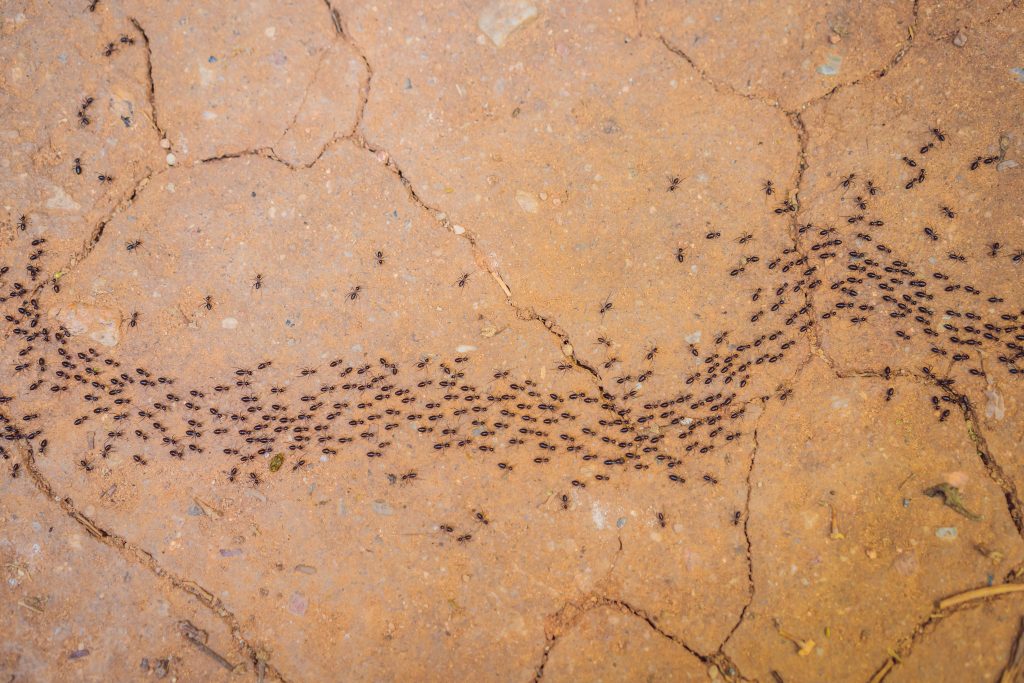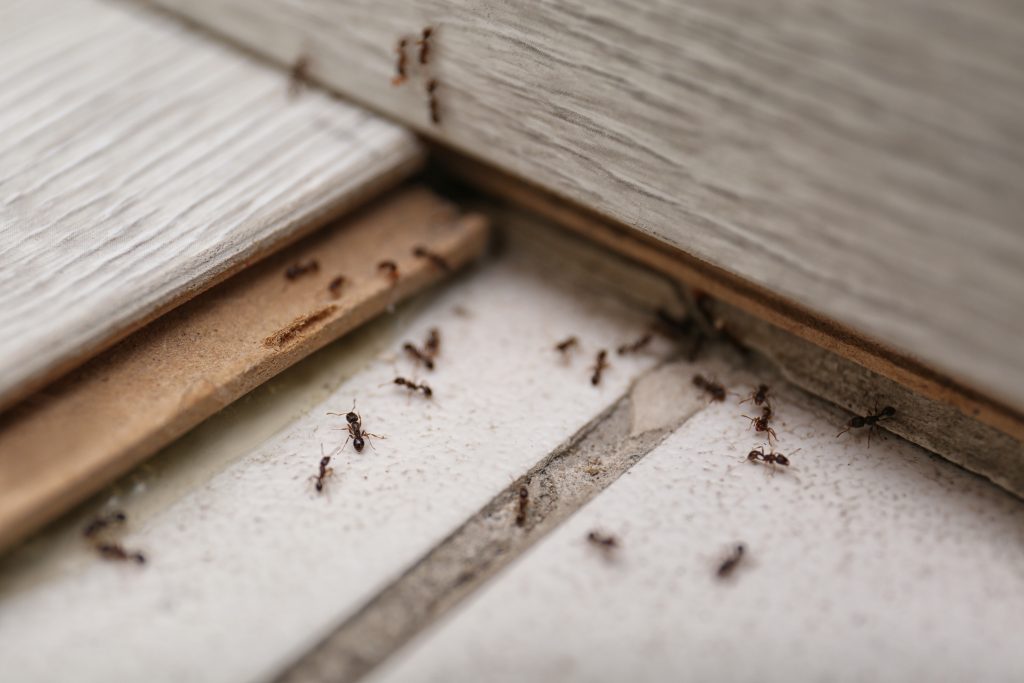ANT CONTROL

What you should know about Ants
Ants are one of the most common household pests. Because one ant isn’t a problem, they can be ignored easily while invading your home. Most of the time, ants aren’t noticed until they are a big problem in the house. For this reason, it’s important to have a pest control company come out at the first sign of an ant infestation.
Ants can range in size from a tiny 1/16 inch to 1/2 inch long. Their bodies consist of three parts, a head, abdomen and thorax. The color of ants can also vary depending on the breed. There are common ants that are native to Florida and are mostly seen during the warmer, wetter months. We provide ant control services for all ants. Here are the three most common breeds in Florida that you are likely to encounter.
Carpenter Ant Control
Carpenter ants are brown and black in color. They have long spiny legs and a large mandible to chew through wood. These ants can sometimes be confused with termites. However, they do not eat the wood. They simply tunnel through the wood to build their nests. These ants can cause damage to walls and moldings. One prevention method is to clear away wet and decayed wood. Generally, carpenter ants do not like to tunnel through solid dry wood.

Diferrences Between
Flying Ants

VS
Termites

Behavior Differences
Both ants and termites live in large colonies with designated caste systems. Termites can be found in decaying trees, stumps, wood debris, lumber, and the wooden members of a structure. Some ants, like carpenter ants, also inhabit wood and the wooden parts of structures. Termites can cause serious structural damage since they eat the wood, while carpenter ants do not eat wood and thus generally do not cause structural damage.
Diet Differences
The diets of these two pests differ, as ants are omnivores and termites feed on cellulose, which is a nutrient-rich material found in plants. Ants primarily eat nectar, seeds, other insects, and food debris found around and inside homes. On the other hand, termites consume mainly wood, paper, and other cellulose-based products.
Life Cycle Differences
Ants go through four stages of development: egg, larva, pupa, and adult. Worker ants live for a few months, while queens can live for years. In contrast, the termite life cycle includes egg, nymph (larvae), and adult phases. Most termites survive for a couple years, while termite queens may live for decades. Both types of pests have similar reproductive cycles. During warm months, fertile winged ants and termites fly from their nests to mate and establish new colonies. In ant species, the male partners typically die after mating with the females. After termites mate, both male and female partners live on and continue to expand their new colonies. Both ants and termites lose their wings after mating.
Indication of Infestation
Ant control starts with prevention. You’ll want to start with keeping a tight seal on pantry food items and making sure all food is put away. Ant infestations are usually easy to spot and are easily treatable by a professional. Because ants are great at scavenging, they can quickly become a nuisance. Ants will eat any food they can find.
And where there is one ant, there is sure to be more. This is because of the ant’s ability to release a pheromone trail for other ants to follow. This makes it easy for the ant to have help carrying any food they find back to their nests. One indication of an ant infestation is signs of dirt/sand piles. Another example is seeing ant trails leading into your kitchen or bathroom.

Black Ant Control
Black ants are very small and can easily go unnoticed until they form large nests. They eat sweet sugary foods and are the masters of getting into storage containers and bags. Because of this, they can be an annoyance in regard to keeping your food safe from these pests. These ants will usually have a dirt/sand pile that they build their nest with. However, they can also build their nests into electronics and furniture. Prevention starts with tight seals on containers and bags and making sure your counters are wiped down. If you see these ants in larger numbers, it may be time to seek out a professional treatment plan.
Fire Ant Control
Fire ants get their name from their reddish color and bite. If you get too close to their nest, they will bite and inject venom. This bite will be itchy and red for a couple days. Their bite can also cause an allergic reaction in some adults and children. It’s important to treat these ants immediately because of the risk they pose to kids and pets. Likewise, allergic reactions can potentially be dangerous.
Fire ants usually make their nests outside. Because of this, prevention is not in the homeowner’s control. Fire ants are most active in the mornings before the weather gets too hot. The colony’s foragers can go six to ten feet from the nest to look for food. This long range can make it difficult to locate the nest. Therefore, it is recommended to have fire ants professionally treated.

Habitats and Treatment
Ants can live anywhere but they generally like to stay close to a water source. This makes the bathroom and kitchen ideal places to build their nest. They generally start looking for dry spots to build a nest during the rainy season. This is why you tend to see more pests inside your home during the summer and spring months.
Besides for the carpenter ant’s ability to tunnel through wood, ants are not destructive pests. You’ll still want to get your home treated to keep them out of your pantry and off of your counters. Although over the counter pesticides can be effective, they are not meant to treat every breed of ant. Ants can also be a difficult pest to get rid of because of the number of ants in one colony.
This is why EZ Pest Control diagnoses your ant problem. We have our experts identify the breed of ant and locate the nest. Treating your home is our expertise and we get to the root of the problem quickly. We make sure you’re comfortable in your home by providing immediate results.
Request your inspection now
Just fill out the contact form, and a representative of our team will be in touch shortly.
What pest do you need help with?
Please select to learn more